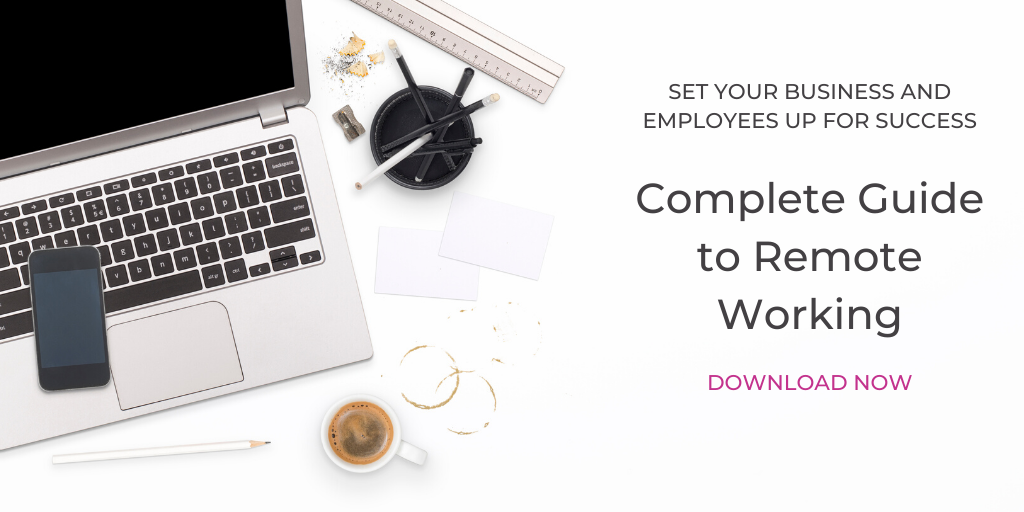When disaster strikes, are you prepared? It could just be a snow day, an illness going around the office, or transport distribution issues.
Whatever the cause, if your staff can't get to the office....
-
can they still be productive and work from alternative locations?
-
can they access all the data and systems they need to?
-
can they do it all from the device they need to?
- and, perhaps most importantly, can they do all the above securely and without risk to your business data?
Be prepared
I'll look at some of the options below, but all of them take time to set up, test, and deploy so it's important to be thinking about them before disaster strikes.
Being prepared for a disaster is an important element of business continuity - it's often something your customers expect from you too.
Make sure the processes are well documented and tested and ensure your staff are trained so they understand how to work in any event.
Let's look at the options
Full-time cloud
Services like Office 365 are fully cloud-based. your data is accessible from any device and in any location, your services such as email and phones all work from the cloud too.
Office 365 gives your staff the freedom to work from anywhere on any device.
Cloud failover
A low cost, scaled back, cloud disaster recovery setup in Azure can be configured. When you don't need it, the costs are minimal but in the event you do it can be quickly be scaled to the level you need. It can also kill two birds with one stone, acting as your off-site backups too.
When the problem is resolved, the solution can be scaled back and costs reduced again.
The latest Windows Virtual desktop service is great example of this, enabling you to give your staff the familiar Windows 10 interface to do their work and with no additional licensing costs to keep it running when it's not needed.
Hybrid cloud
Hybrid solutions where your data is available both on premise but also synced to the cloud and both available all the time ensure your staff always have the choice to work flexible. It also helps they they are already familiar with the setup in the event of a disaster.
Your data can be synced in real-time between the platforms so staff can see and access the same information and applications.
Backups
Regardless of the solution, you still need backups too. They have to be off-site and separate from your day to day IT infrastructure. Even Office 365, often overlooked, needs backups!
Security is always key
The walls of your office used to be all the security you needed for data, but now with your data accessible from anywhere, on any device, how do you even know where it is?
GDPR requires you to ensure your data is secure regardless of what device it's accessed from, including an employee's personal phone or computer.
Using device management, you can control which devices can access company data and from where, ensuring a minimum standard of security is maintained.
Also, when making your data accessible over the internet you need to add additional security layers, at a minimum, multi-factor authentication is needed.



.png)
.png)
